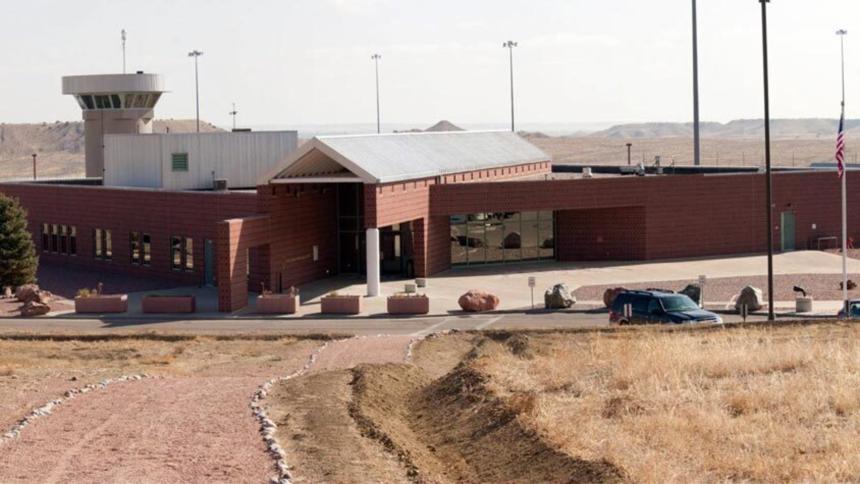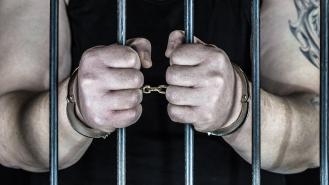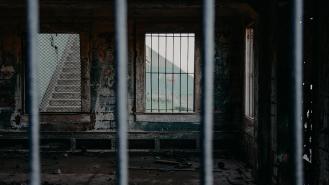
The toughest high-security prisons in the world
The world’s most dangerous and notorious criminals need the right facilities to keep them safe and away from the public. Around the world, many high-security facilities ensure prisoners are kept fully contained, away from the public and in some cases, away from each other. Here is a closer look at some of the world’s highest security facilities, and what makes them so difficult to escape.
Arthur Road Jail, India
Arthur Road Jail is the most central and largest of all the prisons in Mumbai. The facility was first opened in 1962 and is built to house just 1,000 prisoners. However, it currently has over 2,000 inmates, but while it has a reputation for overcrowding and being rundown, there are no records of any prisoner ever escaping the facilities. It has a reputation for its impenetrable status and ensures Mumbai’s convicts are kept away from the wider public.
Fushu Prison, Japan
In complete opposition to La Sante, Fushu Prison offers the height of technology and innovation to create a secure environment. Keeping their secrets and classified information under wraps not much is known about Fushu Prison in the western area of Tokyo. It’s home to Japan’s most notorious criminals. It has some of the most secure security measures in place, we’re just not allowed to know exactly what they are.
Camp Delta, Cuba
Camp Delta, more commonly known as Guantanamo Bay, has a world-renowned reputation for more than just its security status. Camp Delta is on a base operated by the American armed forces and is used to house criminals who are considered the highest priority by the USA. Single prisoners sometimes have as many as 12 guards watching over them, so the chance of escape is zero.
HMP Belmarsh, UK
HMP Belmarsh is in the Greenwich area of East London and houses ‘category A’ prisoners. Belmarsh is home to 1,000 prisoners at any one time and the high security levels mean it has been nicknamed the ‘British Guantanamo’. Notable inmates include Michael Adebolajo, who murdered fusilier Lee Rigby and Stephen Port, the ‘Grindr Killer’ who murdered at least four men.
Tadmor Military Prison, Syria
This Syrian high-security prison was built by the French forces in the early 20th century and was initially used as a military barracks. It is now known as one of the hardest prisons to survive in due to terrible living conditions, violations of human rights and an absolute zero chance of ever getting out. The facility is in the middle of a desert, 200km from the nearest urban development in Damascus.
HMP Wakefield, UK
HMP Wakefield is a category A men’s prison in West Yorkshire, commonly nicknamed ‘Monster Mansion’ due to the number of high profile, dangerous prisoners it holds. There is space for around 600 inmates at Wakefield and they include some truly notorious names such as Mick Philpott, Roy Whiting and Reynhard Sinaga.
ADX Florence, USA
Recognised as the only remaining supermax prison in the US, ADX Florence is often seen as the most secure jail in the world. It operates a maximum lockdown system where prisoners very rarely venture outside and are kept in solitary cells as much as possible. Cells have no direct access and there is no possible means of escape. Its inmates include international terrorists and dangerous gang leaders.
Top facts about high-security prisons
1. The UK has eight high-security prisons
There are just eight high-security facilities in the UK, holding the most dangerous men and women. These facilities include Wakefield, Belmarsh, Woodhill, Frankland, Full Sutton, Whitemoor, Manchester and Long Lartin.
2. Expect concrete everything
Prison movies and television shows often display miserable-looking cells but the opportunity to enjoy plenty of perks too. This simply isn’t the case in supermax and high-security facilities. Expect concrete and a lot of it. In ADX Florence and America’s toughest facilities, you’ll find concrete beds, stools, tables, and walls, making it impossible to cause damage or deface anything.
3. A worse than death experience
Florence ADX has a reputation designed to keep people fearing it and even the wardens agree it's no way to live. One warden turned journalist, Robert Hood, described life in ADX to CNN, saying, ‘The Supermax is life after death. It's long term. In my opinion, it's far much worse than death.’
4. Hunger strikes don’t work
The inhumane conditions in many prisons are well documented and prisoners often try to find a way to revolt. Prisoners at ADX Florence quickly learned that hunger strikes do not work, with a reported 900 forced feedings between 2001 and 2014.









